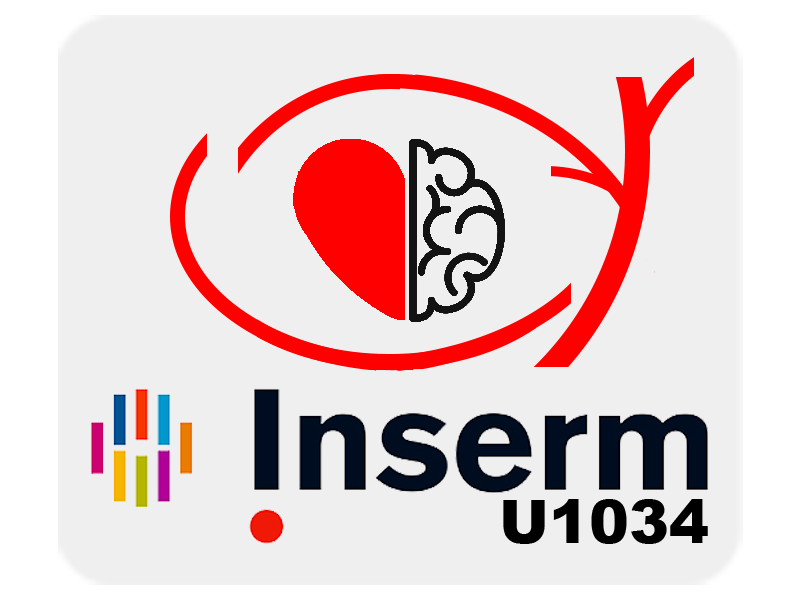Blood-brain barrier genetic disruption leads to protective barrier formation at the Glia Limitans.
Résumé
Inflammation of the central nervous system (CNS) induces endothelial blood-brain barrier (BBB) opening as well as the formation of a tight junction barrier between reactive astrocytes at the Glia Limitans. We hypothesized that the CNS parenchyma may acquire protection from the reactive astrocytic Glia Limitans not only during neuroinflammation but also when BBB integrity is compromised in the resting state. Previous studies found that astrocyte-derived Sonic hedgehog (SHH) stabilizes the BBB during CNS inflammatory disease, while endothelial-derived desert hedgehog (DHH) is expressed at the BBB under resting conditions. Here, we investigated the effects of endothelial Dhh on the integrity of the BBB and Glia Limitans. We first characterized DHH expression within endothelial cells at the BBB, then demonstrated that DHH is down-regulated during experimental autoimmune encephalomyelitis (EAE). Using a mouse model in which endothelial Dhh is inducibly deleted, we found that endothelial Dhh both opens the BBB via the modulation of forkhead box O1 (FoxO1) transcriptional activity and induces a tight junctional barrier at the Glia Limitans. We confirmed the relevance of this glial barrier system in human multiple sclerosis active lesions. These results provide evidence for the novel concept of "chronic neuroinflammatory tolerance" in which BBB opening in the resting state is sufficient to stimulate a protective barrier at the Glia Limitans that limits the severity of subsequent neuroinflammatory disease. In summary, genetic disruption of the BBB generates endothelial signals that drive the formation under resting conditions of a secondary barrier at the Glia Limitans with protective effects against subsequent CNS inflammation. The concept of a reciprocally regulated CNS double barrier system has implications for treatment strategies in both the acute and chronic phases of multiple sclerosis pathophysiology.
Domaines
Médecine humaine et pathologie
Origine : Fichiers éditeurs autorisés sur une archive ouverte


